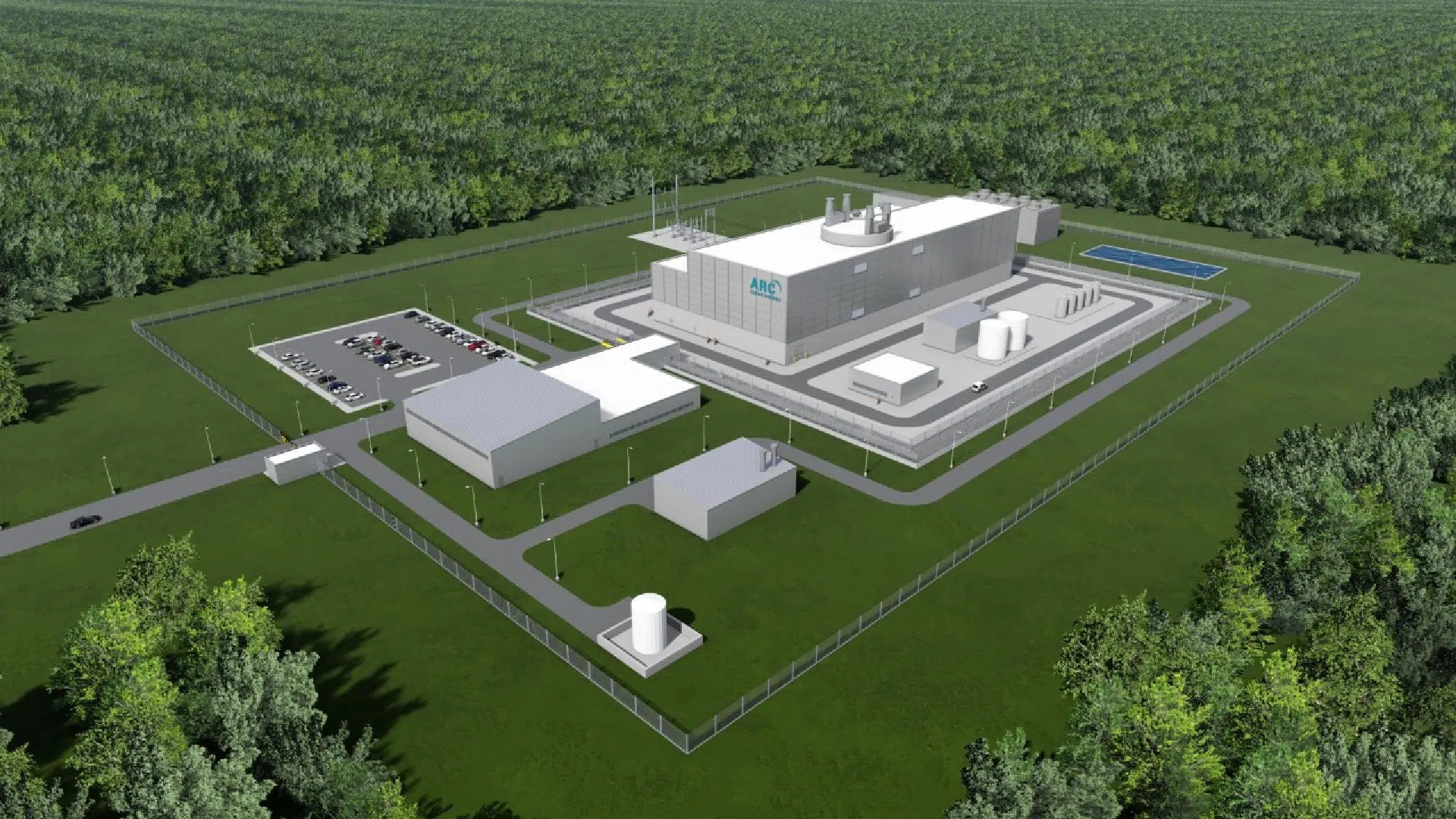One of two companies hoping to build a small modular nuclear reactor at Point Lepreau has hit a major milestone.
ARC Clean Energy Canada recently completed its first round of financing in the amount of $30 million.
The financing will progress the company’s deployment of a commercial grid-scale advanced small modular reactor at the Point Lepreau Nuclear Generating Station.
“A lot of work and effort went into it to attract that private investment,” said William Labbe, president and CEO of ARC Canada.
“It took a little bit of time but we are very excited about where it positions us.”
Half of the money was previously committed by the New Brunswick government while the other half came from private investors, said Labbe.
He said the province did not release its share of funds until ARC Canada was able to match it through private investments.
“I would say that funding agreement that the province put together was done in such a way that it encouraged that matching funds with public investment,” said Labbe.
According to its website, ARC Canada leveraged proven technology developed by the U.S. government’s Argonne National Labs and has refined it to create the ARC-100, a 100-megawatt sodium-cooled fast reactor.
Labbe said the investment community sees the proposed development at Point Lepreau as a “logical advancement and next step” into taking small modular reactors, or SMRs, to a commercial scale and that it can be done effectively and efficiently.
“The ARC-100 is suitable for a wide range of applications — from clean power for the grid to industrial heat and hydrogen production with true load-following capability to partner with renewables,” says its website.
“Parts for the ARC-100 are modular and built at a centralized factory, assembled only after being delivered to the site, speeding up construction time and bringing clean energy to communities sooner.”
But it will still be at least a few more years before New Brunswick will see any SMRs of its own.
Labbe said the company plans to launch two more rounds of financing. The second round, known as Series B, is expected to be unveiled around June or July, he said.
“It will be more than Series A and it will allow us to continue deeper into the project development,” said Labbe when asked about the financing goal for the second round.
From the development side, Labbe said they are going through phase two of the Vendor Design Review with the Canadian Nuclear Safety Commission (CNSC), the country’s nuclear regulator.
It is a voluntary pre-licensing activity to ensure the technology aligns with the regulator and identifies any barriers to licensing to be resolved early in the project.
“The other piece running concurrent with that will be our preliminary engineering,” said Labbe. “It’s not the research and development type of engineering, it’s actually creating the drawings to be used to build the facility.”
NB Power, which operates the Point Lepreau Nuclear Generating Station, is working on a licence to prepare the site application to submit to CNSC in 2023, he said. That would be followed by a licence to construct application in 2024 and a licence to operate application in 2025.
“That’ll bring us on that path to having construction complete by the end of the decade,” said Labbe.
Last month, the governments of New Brunswick, Ontario, Saskatchewan, and Alberta released a joint strategic plan for small modular reactors. It identifies five key priority areas for developing and deploying SMRs.
- Positioning Canada as an exporter of global SMR technology.
- Promoting a strong nuclear regulatory framework.
- Securing federal government commitments on financial and policy support for new SMR technologies.
- Creating opportunities for participation from Indigenous communities and public engagement.
- Working with the federal government and nuclear operators on a robust nuclear waste management plan.
The provinces said the report highlights how SMRs can provide “safe, reliable and zero-emissions energy” to residents while creating new opportunities to export Canadian knowledge and expertise around the world.
The report built on a feasibility study that found SMR development would “support domestic energy needs, curb greenhouse gas emissions, and position Canada as a global leader in clean technologies and the fight against climate change.”




